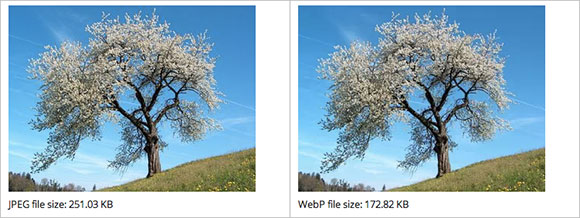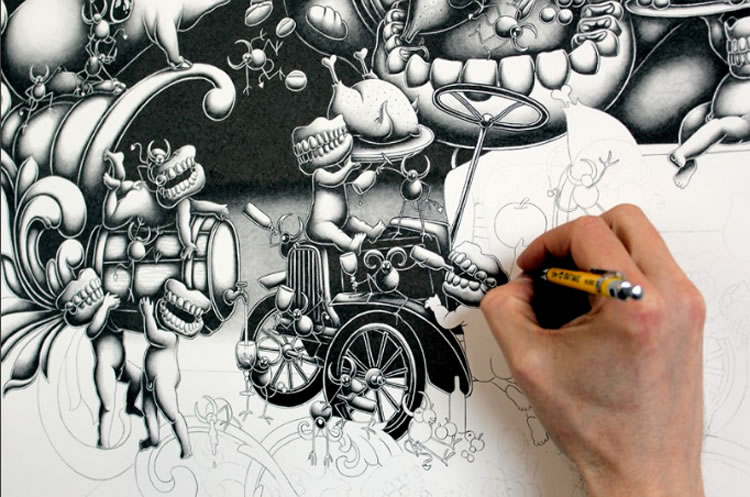Webpages are constantly getting bigger.
Massive JavaScript libraries and endless sharing buttons aren’t helping, but the main culprit behind most of the bloat is the good old image. According to the HTTPArchive, images account for roughly 60 percent of total page size. That means the single biggest thing most sites can do to slim down is to shrink their images.
One way to do that is with alternate image formats like Google’s WebP, which can yield images between 25 and 34 percent smaller than more popular image formats. Despite the astounding space-saving potential of WebP it, like JPEG 2000 and other efforts before it, has not completely caught on with browsers.
So far only Google Chrome and Opera support WebP (both also automatically convert all images to WebP for their respective proxy browsing mobile services). Mozilla objected to WebP when it was first launched, but all of the issues raised in that post have been addressed as WebP has evolved. Firefox still does not support WebP. Nor does Internet Explorer.
However, as Opera’s Bruce Lawson recently pointed out, using some cutting-edge CSS wizardry you can serve WebP images to Chrome and Opera, while still offering JPGs to the rest.
READ MORE: Put Your Site on a Diet With Google’s Image-Shrinking ‘WebP’ Format



